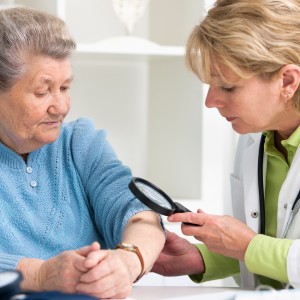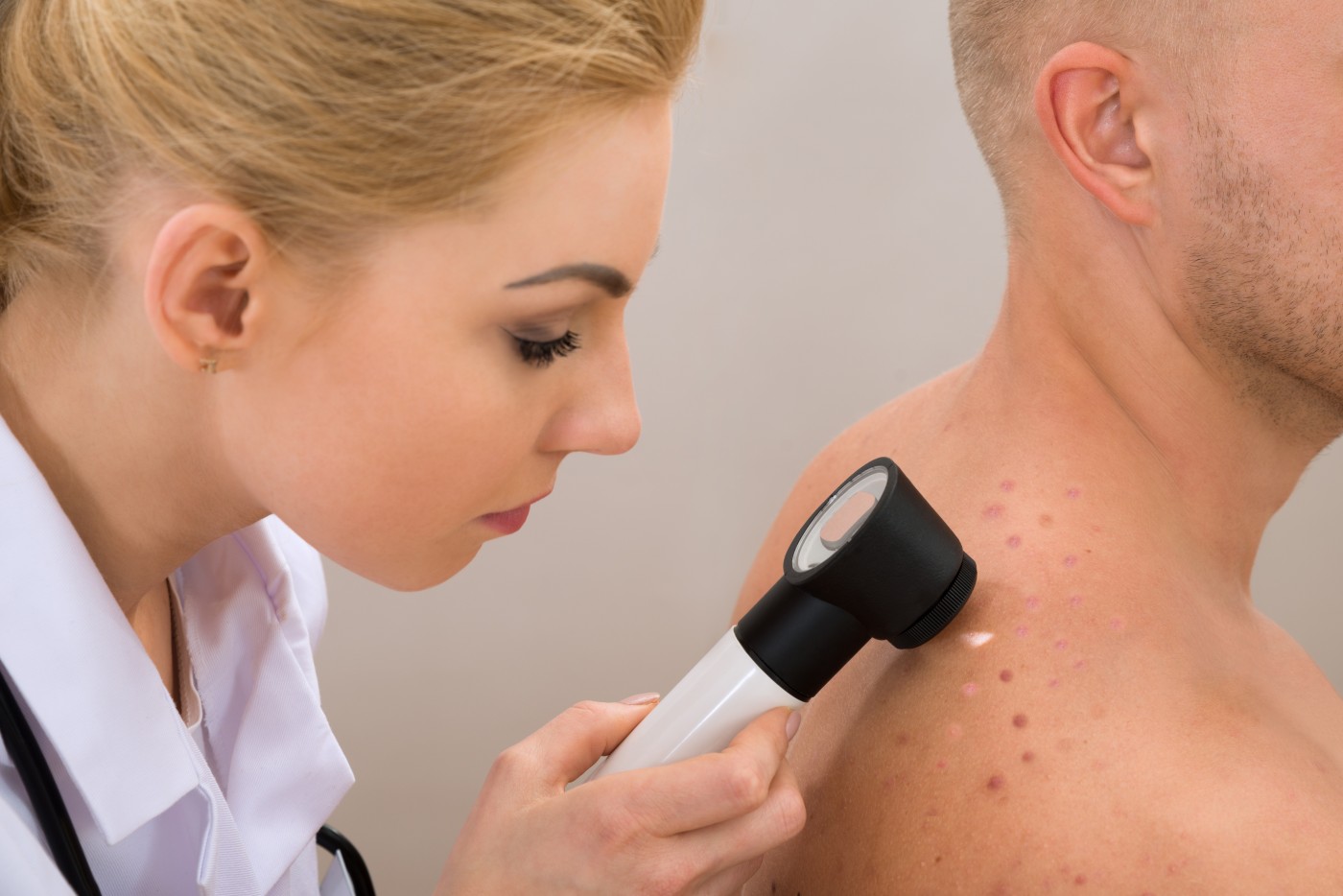 According to Cancer Research UK, people aged over 65 years are about 7 times more likely to develop melanoma when compared to the same demographic group 40 years ago. Specifically researchers determined that older men from the United Kingdom are nearly 10 times more prone to have melanoma, while older women are five times more likely to be diagnosed with this type of life-threatening skin cancer.
According to Cancer Research UK, people aged over 65 years are about 7 times more likely to develop melanoma when compared to the same demographic group 40 years ago. Specifically researchers determined that older men from the United Kingdom are nearly 10 times more prone to have melanoma, while older women are five times more likely to be diagnosed with this type of life-threatening skin cancer.
Recent numbers indicate that each year approximately 5,700 UK pensioners receive a diagnosis of melanoma, in comparison to only 600 in the 1970s. Despite the fact that age is one of the most significant risk factors for malignant melanoma, researchers noted that this increase in diagnosis might be also related to the cheap-package holiday boom that started in the 1960s and also the desire to have a tan.
Evidence has shown that getting one sunburn every two years can triple the risk of melanoma.
Sue Deans, a retired teacher aged 69-years and mother of three, had a malignant melanoma diagnosis in 2000, and in 2007 she received a re-diagnosis after noticing a lump under her armpit. As she mentioned in a recent news release “I was part of the generation where package holidays became affordable and you could go abroad nearly every year,” she said. “I don’t think there was much understanding at the time about the impact that too much sun can have on your risk of getting skin cancer. And I loved the sun but suffered quite a bit of sunburn over the years. “I’ve always been quite body aware so my cancer was spotted early. I had successful surgery and have been healthy since — but I’m always vigilant in keeping an eye out for anything unusual or persistent that might need to be checked. Now I make sure my grandson knows the dangers of getting caught out in the sun.”
Each year, in the United Kingdom, approximately 13,300 people are diagnosed with malignant melanoma, making it the fifth most prevalent cancer and the second most prevalent cancer in young people aged between 15 and 34 years. Malignant melanoma is responsible for the death of 2,100 people each year.
Professor Richard Marais, Cancer Research UK’s skin cancer expert based in Manchester, added in the news release: “It’s worrying to see melanoma rates increasing at such a fast pace, and across all age groups. It is very important for people to take care of their skin in the sun. It is also important for them to keep an eye on their skin and seek medical opinion if they see any changes to their moles, or even to normal areas of skin. Melanoma is often detected on men’s backs and women’s legs but can appear on any part of the body.”
NIVEA SUN and Cancer Research UK are collaborating to encourage people to enjoy the sun safely this summer by protecting their skin. Dr. Julie Sharp, Cancer Research UK’s head of health information, concluded, “Many cases of malignant melanoma, the most serious form of skin cancer, are preventable by taking precautions in the sun and making sure you don’t burn. Sun damage accumulates over time so avoiding sunburn — and sunbeds — is key as well as getting to know your skin type so you don’t overdo it on the beach or even in the garden. You can burn at home just as easily as you can on holiday, so remember to spend time in the shade, wear a T shirt and a hat to protect your skin and regularly apply sunscreen that is at least Factor 15 and has four stars. Swapping bad sun habits for good ones could save your life.”


